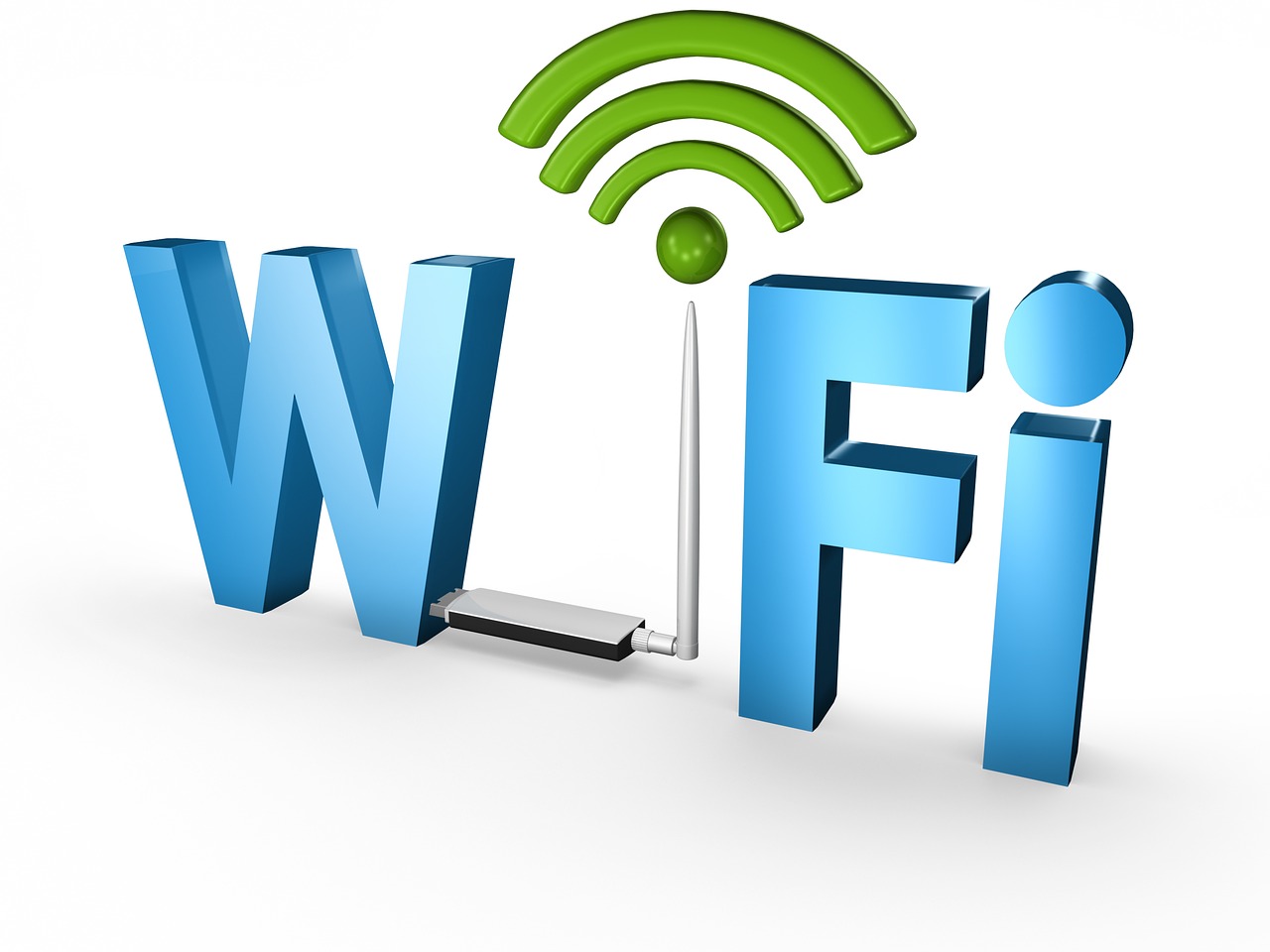WiFi Wireless Technology Network Design and Implementation
3 DAYS
INSTRUCTOR LED WORKSHOP
“OUR COURSES CAN BE SPECIALLY TAILORED TO ADDRESS YOUR REQUIREMENT – TELECONTRAN”

COURSE OBJECTIVES
Large scale wireless deployments come with many obstacles, and one of the most difficult to overcome is how you manage Troubleshooting Wi-Fi performance problems, manage and support multi-vendor systems, report miles of WLAN data and finally keep everyone and everything compliant after the system has been implemented. Today’s wireless or RF environments are alive, dynamic and this inherent factor means ICT team needs to have complete visibility and control over every different part of the system.
Telecontran’s 3-day Workshop on WiFi Wireless Technology Network Design and Implementation is designed to provide a comprehensive concept of Wi-Fi management, Design and Implementation of WLAN, its security as well as aspects of integration within consumer electronic devices.
After successful completion of this 3-day workshop participants will be able to
- Understand the IEEE 802.11 versions and evolution
- Learn in-depth into the Design process by gaining adequate knowledge on Planning, Designing, Deploying and Auditing modern 802.11-based networks.
- Examine an Independent assessment of competing wireless LAN technologies
- Acquire the necessary skills for planning, performing and documenting site surveys and troubleshooting.
COURSE CURRICULUM
- IT professionals responsible for planning, designing, surveying or troubleshooting 802.11 (Wi-Fi) wireless networks.
- Wi-Fi network design professionals.
- Wi-Fi network survey engineers wanting to progress to a higher level.
- RF / Network Engineers, Telecomm operator planning engineers and R&D Engineers on wireless networks
- Marketing, sales and R&D staff members for manufacturers/vendors of LAN equipment

Module 1: Introduction to Wireless LAN Technology and IEEE 802.11
- Landmarks in the Development of Wireless Technologies
- Relevant Wireless Technologies
- Infrared Technology
- Bluetooth Technology
- Spread Spectrum Technology
- IEEE 802.11 Wireless Extension
- Mobility Support of IEEE 802.11
- IEEE 802.11a
- IEEE 802.11b
- IEEE 802.11g
- IEEE 802.11e
- IEEE 802.11i
- IEEE 802.11n
- IEEE 802.11ac
- IEEE 802.11j
- IEEE 802.11u (Hotspot 2.0)
Module 2: WiFI Architecture
- STA, AP, BSS, DS, ESS
- IEEE 802.11 WLAN Protocols
- Physical Layer – PHY
- GFSK and PLCP
- FHSS vs. DSSS vs. OFDM
- Media Access Control Layer- MAC
Module 3: Methodology of WiFi Design and Development
- System Development Life Cycle (SDLC)
- Propositions
- Planning Phase or Phase 1
- Analysis Phase or Phase 2
- Design Phase or Phase 3
- Implementation Phase or Phase 4
- Support Phase or Phase 5
- Unit of Analysis
- Instrumentation
- Reliability and Validity
- Formats for Presenting Results
- Criteria for Interpreting Findings
- NJCP WLAN Implementation Models
Module 4: WiFi Network Design Consideration
- Specific One-to-One initiative considerations
- Review of WLAN and RF Essentials
- Design Overview – Good Design and Bad Design
- Design Architecture
- Site survey
- Technology
- Antenna selection
Module 5: WiFi Security
- Security Building Functions: Access Control, Privacy, Authentication and Integrity
- Wireless Security Challenges
- Wired Equivalency Privacy (WEP)
- Wi-Fi Protected Access (WPA)
- Wi-Fi Protected Access 2 (WPA2)
- Virtual Private Network (VPN)
- Security Building Functions: Access Control, Privacy, Authentication and Integrity
- RADIUS Authentication
- WEP Security Flaws
- TKIP – Temporal Key Integrity Protocol
- Counter Mode with CBC-MAC Protocol (CCMP)
- Bad Security
- Security best practices
- Troubleshooting and validation process
- Troubleshooting and validation tools
- Common problems
Module 6: 802.11 QoS Consideration
- QoS application points
- QoS Parameters and KPI
- Roaming support
Module 7: 802.11 Site Survey
- Defining business requirements
- Facility analysis
- Identifying bandwidth requirements
- Determining RF coverage
- Locating interference
- Documenting installation problems
- Reporting methodology and procedures
Module 8: 802.11 Infrastructure Devices
- Access points
- Wireless Repeaters, Client devices
- Wireless bridges, Workgroup bridges
- Residential gateways
- Enterprise wireless gateways
Module 9: Hotspot 2.0
- Network Discovery & Selection
- HESSID
- ANDSF
- Advertisement Protocol Element
- Generic Advertisement Service (GAS)
- Access Network Query Protocol (ANQP)
- EAP-TLS
Module 10: Emerging WiFi and WLAN Technologies
- 11 vs Cellular Trends for Data Services
- 16 WirelessMAN “WiMAX”
- 20 MBWA “Mobility-Fi”
- 15.4 “ZigBee”
- UWB Ultra Wide Band
- VoWiFi
- VoWiFi Mobility
- LiFi
- Super WiFi
OUR HAPPY CLIENTS
WHAT OUR CLIENTS SAY ABOUT TELECONTRAN !!
The course was thorough and covering all aspect in the technical environment which are from engineering, IT and also the basic background of the telco industry.
This course has given me more insight on 5G network as a whole, from introduction to Smart Cities. The presentation was well outlined and learning objectives were successfully completed.
Excellent introductory course presented by an excellent instructor who was so engaging and supportive that I did not hesitate to ask questions; His answers and presentation was great and understandable.
The trainer explained LTE, LTE cell planning and 5G technologies in extremely interesting manner and I must say that the discussion during the workshop was simply excellent.

